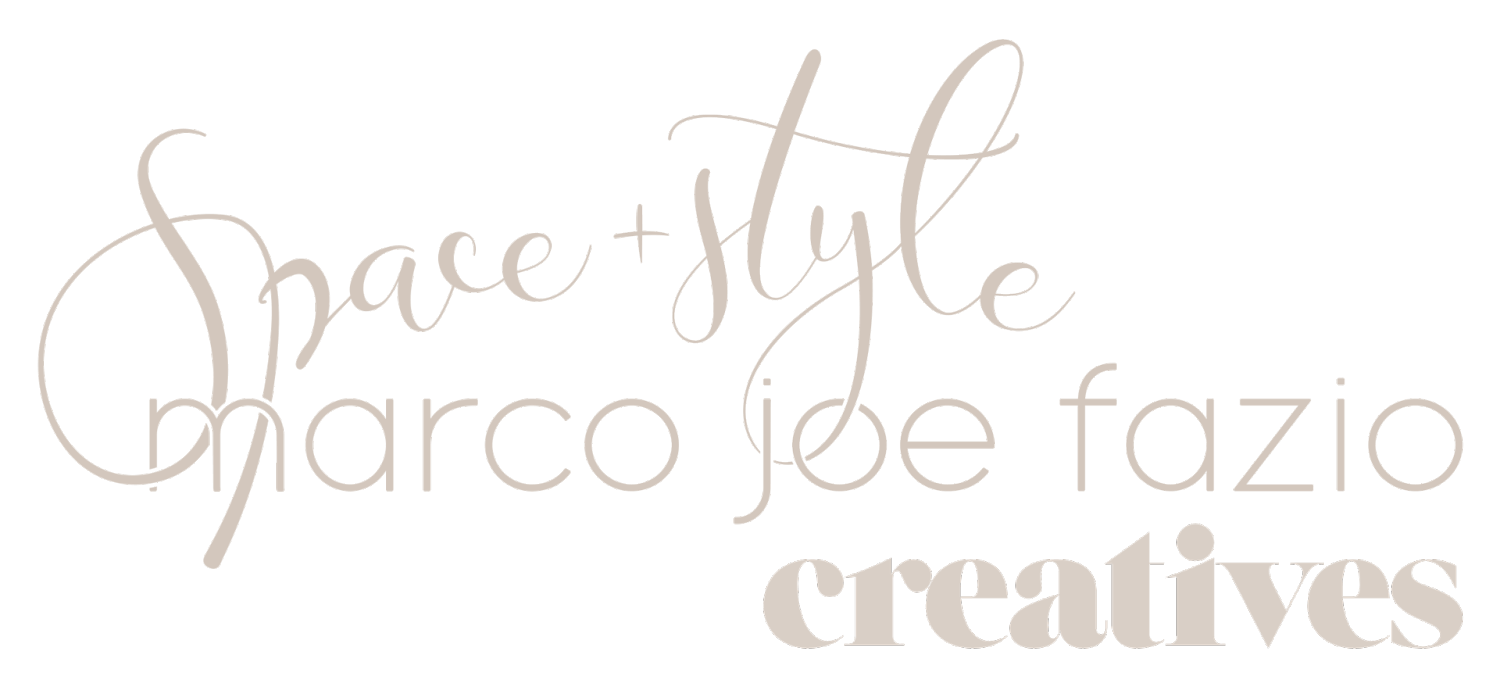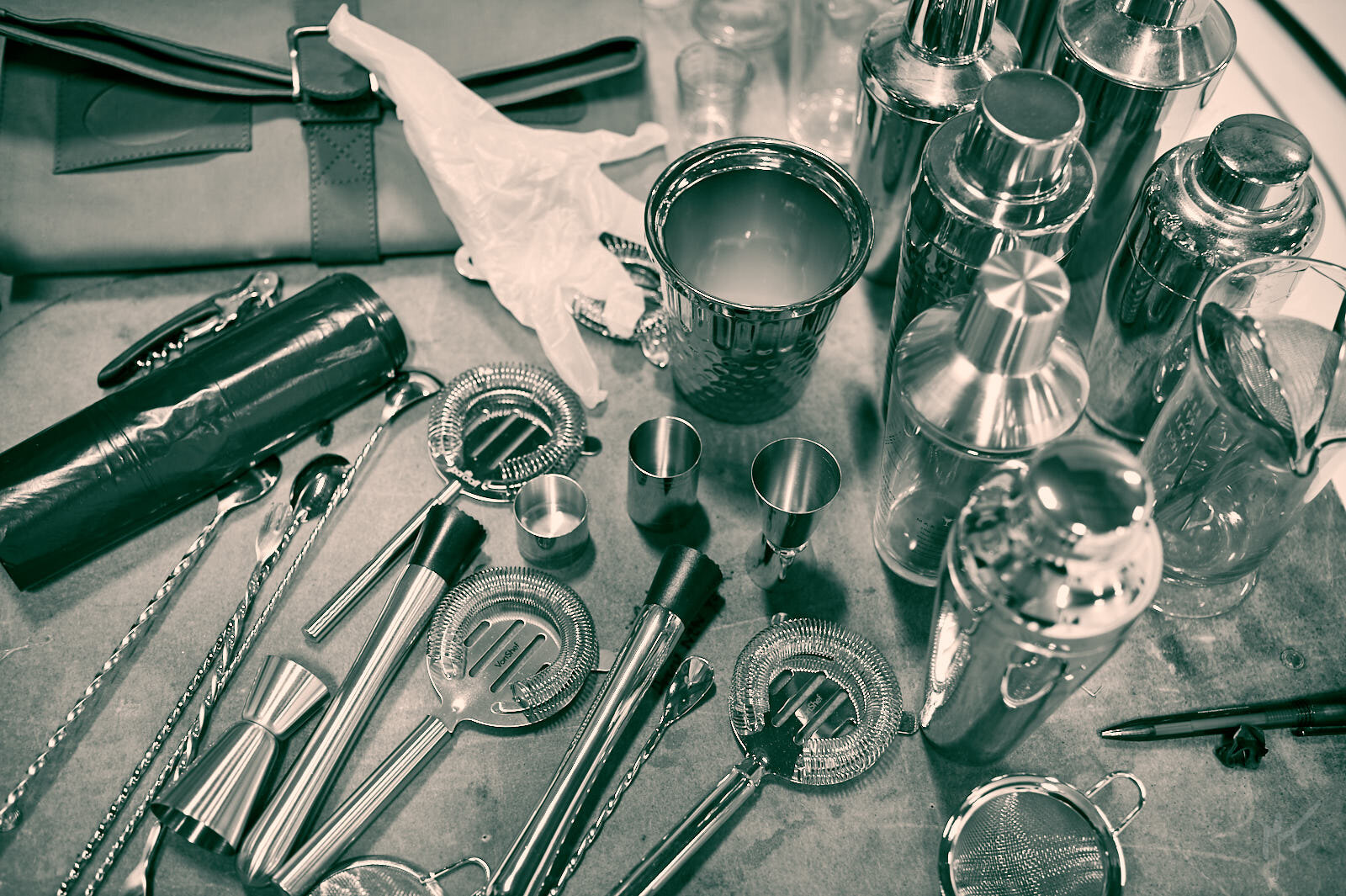Set Design for space + style in 6 steps
The importance of creating [and drawing] a scene before taking pictures
Space + Style, our USP, is a service tailored exclusively for the hospitality, fashion and design industries. It’s for those who are ready to take their marketing and imagery to the next level.
“The Magic Flute” fashion shoot at Sarastro restaurant, London
Pushing visual boundaries, we are reshaping the art of lifestyle shoots, bringing products, people and locations together, telling visual stories rich in meaning and symbolism.
Using available props for “The Magic Flute” fashion shoot at Sarastro restaurant, London
How do we do it?
It is a complex process, where a coherent idea is developed through various stages from inception to completion.
One of the essential elements of this process is designing a set in the broadest extension that the project requires.
Sometimes the concept requires a whole set construction, while other times, it is just a matter to rearrange what is available on location.
Thanks to my former career in architecture, the mental process of visualising, planning and building a scene is somehow natural to me.
Here is my approach to set design in 6 steps.
#1 // seeking inspiration
Right from the start, when we seek inspiration, the two essential factors to consider are:
the given budget, as there is no point in having unfeasible ideas;
available resources on the chosen location, as that may help in saving time and money.
Whether your work is to photograph those spaces for architecture and lifestyle or to exploit them as background for a fashion collection, you need to connect with the environment to get the most of it.
Although today you can shoot in studio and then place your subject anywhere in the world using stock images as backplates, we are not suggesting it.
Go – physically go, not browsing photos on the web – to the actual location. Wander around, feel the place. It might be logistically more complex and more expensive, particularly during this period of challenging restrictions, but the real deal is always paying off!
Brighton Palace Pier location scouting
#2 // framing the scene
David Hockney once said, “I’ve finally figured out what’s wrong with photography. It’s a one-eyed man looking through a little ‘ole. Now, how much reality can there be in that?”.
That’s true; photographs are not the reality. As close as they can be in showing the real world, they can only be its representation. And like any representation, they are subjective. So you have to make decisions, choose your point of view, show some areas, and hide others.
This choice, followed by any further alteration or scene construction, is the first step away from reality. Then, as a photographer, you have the opportunity to enter into the realm of the hyper-real – where you take something real, and you transform it, hopefully for the better, into an improved version (thank God, we are not dealing with photojournalism!).
You could also take a step further, entering into surrealism, where connections with reality get even looser… but that’s another story.
Dungeness, Kent - merging location with props in set design
#3 // sketching
I find it natural and extremely helpful to think of a scene through preliminary sketches. They help both my team and me develop ideas, and they show our clients what we are planning to do.
You can sketch on your notepad while on location. Or maybe more quickly, you can take lots of snapshots and then drawing on them later while brainstorming with your team.
At this stage, you need to loosen your mind, thinking the impossible… well, up to a limit, as you are still working with a client’s budget!
Preliminary sketch of “a Tale of Alchemy” shoot for Grand Marnier
#4 // mastering the technical side
Set design isn’t necessarily complicated and needs to be something you are confident to plan and build. Although it can be minimal, it may include all the aspects of an interior design project.
As a photographer, you should be familiar with colour combinations, and you know how to use lighting to enhance shapes and textures. But how do you feel about building a set, perhaps integrating it with CGI, or sourcing props and accessories?
If you do not know much about design and technical drawing, you can always work with other professionals. For example, interior decorators, prop and set stylists, builders, and joiners are people you want to connect and collaborate with to achieve outstanding outcomes.
Combining set construction and computer graphic (for the Tudor style table) on “Wrath Reloaded” shoot
#5 // logistics
If the items available at the chosen location are enough to dress the set, then the only issue for you is to have enough time to rearrange them as necessary.
However, you rarely have so much luck. More often, even if you work in “economy mode”, there will be something you have to bring in. As simple as fresh flowers, a french baguette or pillows to match your desired colour combination, things may be sourced in advance and brought on set.
Working with interior stylists – which I highly recommend – will dramatically improve your shoot. They usually have open accounts with the major prop houses, and they know where to find anything the production needs. Otherwise, if collaborating with a stylist is not an option, be wise and allocate extra time – and budget – in searching for the items you have in mind. Also, remember that bulky items need to be transported… and that doesn’t come free of charge either.
Hiring a bicycle and buying a baguette can be just what you need on this shot for the Parisian session of our “European Diaries”
Bringing extra cushions and wisely rearranging the furniture is the magic touch by Mia Karlsson Interior Design
#6 // shoot!
Finally, it comes the shoot day.
If all your team has worked together at best in preproduction, everything should go smoothly and successfully. However, you may need to think outside the box… as the unthinkable happens more often than you imagine!
Perhaps, unexpected rain could fall in the middle of a sunny midsummer day when you plan to shoot into that beautiful outdoor set.
Or when shooting in that quirky decayed attic you have found, the electricity suddenly decides to stop working, leaving you without main power.
These are just a couple of examples of when a wise plan B – and a safety plan C – could save your day. So, in case of rain, you may have already decided where to move the whole set, indoor or under a canopy. If the electric power let you down, using reflectors to control the natural lighting may be the way to go without penalising the outcome.
And even if everything goes accordingly to the plan, it is always nice and fun to try something different, improvised and spontaneous. Then always keep your eyes open to the surroundings, check alternative spots, catch a sudden moment, and you might get your killer shot where you were less expecting it!
An unexpected passer-by added dynamism in this Parisian shoot for our European Diaries series
Catching the moment the cable cars cross the scene of this shot for “European Diaries” in Lisbon
If you have enjoyed reading this article and want to know more about our set design & photography workshops, why don’t you subscribe to www.tellingfashionstories.com newsletters?





